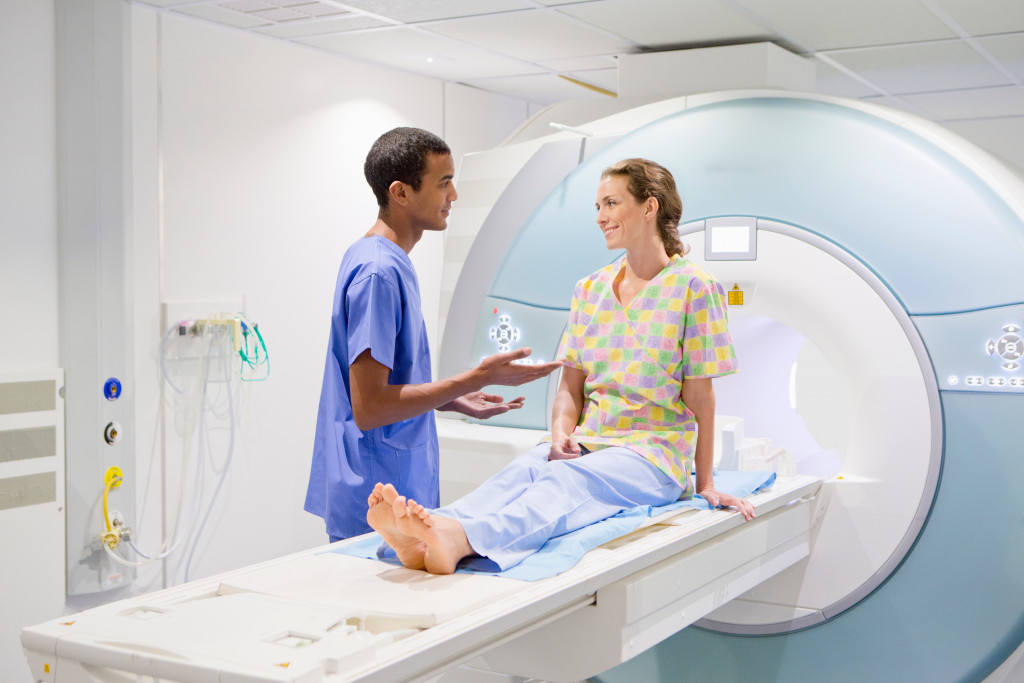Annual physical exams are essential for overall health. According to the Centers for Disease Control and Prevention (CDC), regular check-ups may help to prevent chronic diseases, including heart disease, stroke, and cancer. Some statistics to support this claim include:
- The CDC reports that regular physical activity can reduce the risk of chronic diseases by 20-30%.
- People with regular physical exams are more likely to detect health problems early when they are easier to treat.
- Chronic diseases are the leading cause of death and disability in the United States.
Annual physical exams play a role in preventing chronic disease and promoting overall health. If you have not yet had your annual check-up, make an appointment with your doctor today! However, you might need to run a few more tests once you’re at the doctor’s office. Here are some tests to include in your annual physical for extra measure:
Pap Smear
Women develop cervical cancer when the human papillomavirus (HPV) multiplies on the surface of the cervix. A Pap smear is a test that can detect cervical cancer in its early stages before it becomes life-threatening. The American Cancer Society recommends that women get a Pap smear every three years starting at age 21. If you are over age 30, you may be able to get a Pap smear every five years if you also have an HPV test.
Adding a pap smear might mean getting a pelvic exam as well. This procedure happens when doctors uses their gloved and sterile fingers into the woman’s reproductive organ while simultaneously pressing down on the abdomen with the other hand to feel the ovaries and uterus.
Mammogram
A mammogram is an X-ray of the breast tissue that can detect breast cancer in its early stages. The American Cancer Society recommends that women get a mammogram yearly when they reach 45. If you are between 40 and 44, you should talk to your doctor about when to start getting mammograms. Some women with a family history of breast cancer may need to get mammograms earlier.
A person going through a mammogram can expect the breast to be placed on a platform and compressed with a paddle to get clear X-ray images. The procedure is not painful, but it can be uncomfortable.
Osteoporosis Screening
Osteoporosis is a disease that causes bones to become weak and brittle. It is often called the “silent disease” because there are usually no symptoms in the early stages. Osteoporosis can get detected with a bone density test, which measures the number of minerals in your bones. The results of this test can help your doctor determine if you have osteoporosis or are at risk for developing the disease.
Cholesterol Screening
High cholesterol is a risk factor for heart disease. A cholesterol test measures the level of LDL (“bad”) cholesterol, HDL (“good”) cholesterol, and triglycerides (a type of fat) in your blood. Your doctor will use this information to determine if you are at risk for heart disease.
Your cholesterol levels will determine how often you need to get this test. You may need to get tested more often if you have high cholesterol.
Cholesterol screening happens through a simple blood test. Doctors will know what to look for when they see the results. It might mean an extra vial of blood, but it will be worth it when medical professionals rule out lousy cholesterol.
Blood Pressure Screening
High blood pressure is a risk factor for stroke, heart attack, and kidney disease. A blood pressure screening can help your doctor detect if you have high blood pressure so that it can be treated.
The procedure involves wrapping an inflatable cuff around your arm and measuring blood pressure with a stethoscope. The results will be given as two numbers, systolic (the top number) and diastolic (the bottom number).
CT Scan
Most people avoid going to the doctor for a CT scan because of its high costs. However, some health insurance companies will cover the cost of a CT scan if it is considered medically necessary. A CT scan can detect various problems, including tumors, blood clots, and bone fractures. If you are at risk for any of these conditions, your doctor may recommend a CT scan.
However, CT scans can be expensive, so you must talk to your doctor about whether or not you need one. If you need one and can’t afford the procedure’s regular hospital’s fees, you can find a small clinic that provides affordable CT scan services to save on costs. Comparing the prices and quality of care will be essential before selecting a provider.
Final Thoughts
Your annual physical is crucial to catching any potential health problems early. Be sure to discuss any concerns you have with your doctor and ensure you understand all the tests being done. Taking these extra measures can help ensure your good health for years to come!

